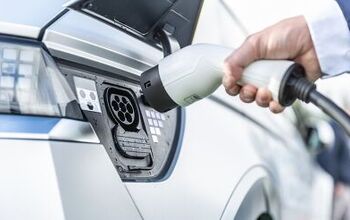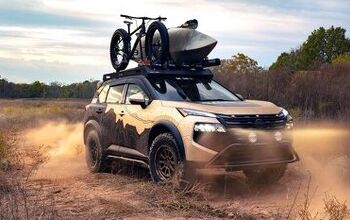Ford Building One Of The First Digital Child Models For Crash Testing
Children are precious cargo and their safety is always top of mind when you’re driving. And Ford knows this – that’s why the automaker is making headway in the research into one of the first research projects to build a digital human model of a child.
This digital model will feature lifelike re-creations of a child’s skeletal structure, internal organs and brain and could one day serve as a digital dummy for computer crash testing. A decade in the making, researchers have used child MRIs to replicate body parts and organs so they better understand how a crash affect children and adults differently.
“We study injury trends in the field, and we know that traffic crashes are the leading cause of death for people from age 1 to 34,” said Dr. Steve Rouhana, Senior Technical Leader for Safety, Ford Research and Advanced Engineering. “We want to better understand how injuries to younger occupants may be different. A child’s body is very different from an adult’s. Building a digital human model of a child will help us design future systems that offer better protection for our young passengers.”
But don’t expect the result to come anytime soon, as building this kind of a model is intricate work. In fact, Ford began work on the adult human body model in 1993 and didn’t complete it until 2004. It’s also important to note that digital models are used in research and don’t replace of crash dummies. These digital models help researchers understand how to improve restraint system effectiveness through better understanding of injury mechanisms.
[Source: Ford]
More by Amy Tokic
































Comments
Join the conversation